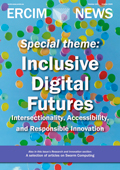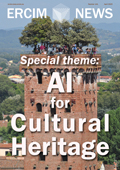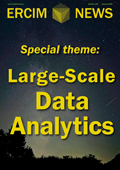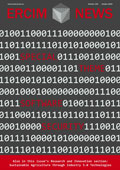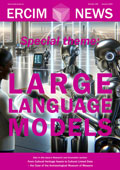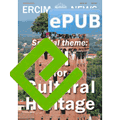by Charalampos Georgiadis and Petros Patias (AUTH)
ENIGMA (Endorsing, Safeguarding, Protection, and Provenance Management of Cultural Heritage), is an EU-funded project that aims to achieve excellence in the protection of cultural goods (CGs) and artefacts from man-made threats by contributing to identification, traceability, and provenance research of CGs as well as safeguarding and monitoring endangered heritage sites.
Cultural Heritage (CH) is a testimony to past human activity, and, as such, Cultural Objects exhibit great variety in their nature, size and complexity; from small artefacts and museum items to cultural landscapes, from historic buildings and ancient monuments to city centres and archaeological sites [1].
It has been estimated [2] that 140,000-700,000 antiquities are traded in Europe annually, with a total value of 64M€ –318M€. It is impossible to distinguish licit from illicit transactions, as there is no way of establishing their authenticity or trading histories.
Generally, the bulk of the trade consists of goods that are small in size and easy to smuggle, such as jewellery and coins. Coins, in particular, take a disproportionate share of seized items. The World Customs Organization (WCO) [L1] reports that the most frequently seized cultural goods are antiquities (such as inscriptions, coins, small seals and the like), followed by archives of sound, film and photographs; household items; and archaeological items. Customs officers identified and recovered 9,399 artefacts (~30% were coins) in 2019, and 22,462 artefacts in 2018 (~50% were coins). In 2016, 69% of seized items were smaller objects, such as antiquities (inscriptions, coins, seals and the like) and historical items (armour, arms). In 2015, 44,235 items were seized and, of those, 98% were coins.
The ENIGMA project [L2, 3] has been running from 1/1/2023-31/12/25, brining together 12 partners from eight countries to develop a platform that can address, in a holistic way, the illicit trafficking of cultural objects. The platform will integrate, in a unified way, a number of applications and tools that streamline a process for informed decision-making on the illicit trafficking of cultural objects. The platform is intended for the relevant authorities and stakeholders, such as Law Enforcement Agencies and archaeologists or experts working under the mandate of ministries of culture or similar authorities.
The ENIGMA decision support system integrates back-end services with front-end graphical user interfaces (Figure 1) to provide the end user with a holistic tool that assists them in deciding whether or not a cultural good is illicitly trafficked.
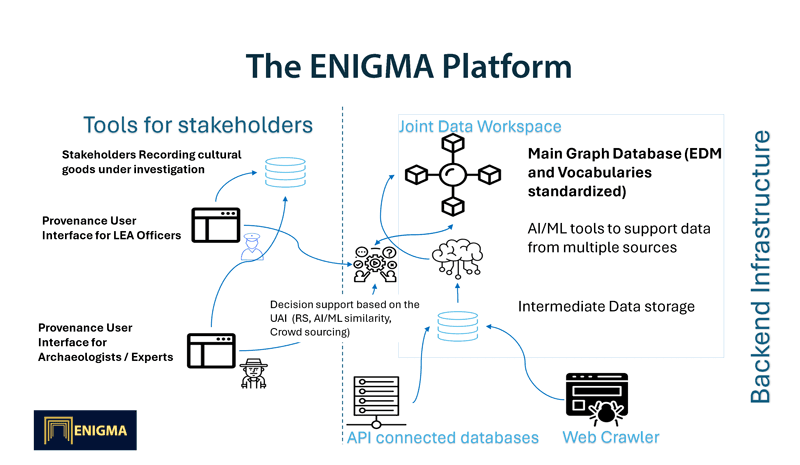
Figure 1: Overview of ENIGMA’s platform architecture.
The core of the platform is the joint data workspace, a graph database based on standardised Data Models using standardised vocabularies to offer structured documentation of Cultural Objects.
The main database is populated through API-connected cultural heritage databases, like Europeana. It additionally receives web-crawled data coming from online databases that do not use APIs. Finally, it is populated by the end users when they document a new object. Data coming from unstructured sources are structured and standardised through the use of advanced AI and ML algorithms.
The tools that are integrated in the platform are the following:
- The ENIGMA WebCrawler that periodically searches open-access sites for cultural objects, or sales based on specific sets of keywords and stores the data in a temporary database. The data are then transformed into a standardised structure format and migrated to the ENIGMA Joint Workspace.
- The ENIGMA Earth Observation toolkit, which uses AI and ML algorithms to monitor potential illegal excavation sites using both optical and radar satellite imagery. The areas are defined by the relevant authorities. The application uses a Geospatial WebGIS infrastructure to select the monitoring areas. Following the area selection, the tool searches for satellite imagery and processes them in near-real-time to detect changes and create alerts on areas where potential illegal excavations have been detected.
- The ENIGMA Crowdsourcing tool that empowers the general public to report potential illegal excavations or looting of buildings through a responsive web application. The users can anonymously report the location, upload images, and add comments to their report. The reports are checked by the responsible authorities and alerts are created if necessary.
- The ENIGMA Scenario Building Engine is a tool aimed for workflow optimization at a higher level that helps the users identify operational or data gaps. This identification can help to optimise and enhance their operational procedures, when encountering illicitly trafficked cultural heritage goods.
- The ENIGMA 3D reconstruction tool uses images or 3D models of fragments to reconstruct the full object. It can provide useful insights to experts about the origin and the provenance of the object.
All these applications contribute to the ENIGMA Provenance Research tool, which is the major front-end application of the platform. The tool is used by Law Enforcement Agency (LEA) officers in the field, for the fast documentation of a cultural object encountered at any travel entry point.
The ENIGMA Provenance Research tool (Figure 2) exploits the data in ENIGMA’s joint data workspace to find similarities between unknown/unregistered cultural goods and known / registered cultural goods. The similarity search uses AI/ML techniques to optimise the results leveraging the Unique Authenticity Identifier (UAI), a non-destructive multi-parametric metric. In addition, the alerts created by the Earth Observation toolkit and the Crowdsourcing tool, can provide insights to experts about the origin/provenance of the cultural good.
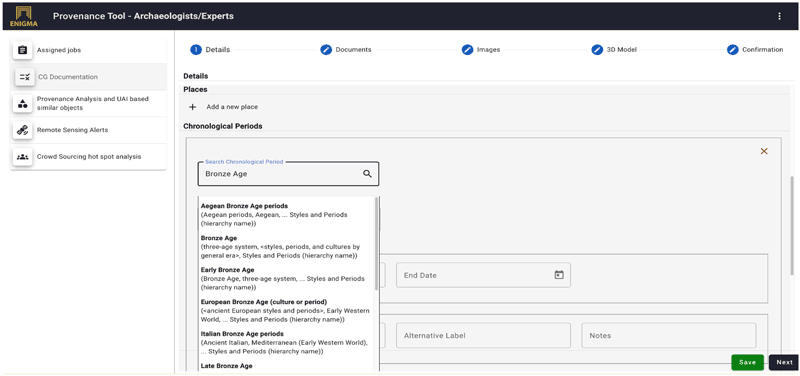
Figure 2: An indicative example of an unknown object’s documentation by experts using the provenance research tool.
Currently, the ENIGMA tools are being fine-tuned, optimized, and integrated into the ENIGMA platform and are going to be tested through the implementation of four pilot cases.
This research was funded by the European Union, under the project ENIGMA “Endorsing, safeguarding, protection, and provenance management of cultural heritage” grant number 101094237. Funded by the European Union. Views and opinions expressed are however those of the author(s) only and do not necessarily reflect those of the European Union or REA. Neither the European Union nor the granting authority can be held responsible for them.
Links:
[L1] https://www.wcoomd.org/en/topics/enforcement-and-compliance/resources/publications.aspx
[L2] https://eu-enigma.eu
References:
[1] P. Patias, “Cultural Heritage Documentation,” in Applications of 3D Measurement from Images, J. Fryer, H. Mitchell, and J. Chandler, Eds. Whittle Publishing Co., 2007, ch. 9, pp. 225–250, ISBN-10: 1-870325-69-9, ISBN-13: 978-1-870325-69-1.
[2] European Union, “Illicit Trade in Cultural Goods in Europe: Characteristics, Criminal Justice Responses and an Analysis of the Applicability of Technologies in the Combat Against the Trade,” Final Report, ISBN 978-92-79-99359-6, https://doi.org/10.3390/rs15102579.
[3] P. Patias and C. Georgiadis, “Fighting Illicit Trafficking of Cultural Goods—The ENIGMA Project,” Remote Sensing, vol. 15, no. 10, p. 2579, 2023, https://doi.org/10.3390/rs15102579.
Please contact:
Charalampos Georgiadis
The Aristotle University of Thessaloniki, Greece
Petros Patias
The Aristotle University of Thessaloniki, Greece

